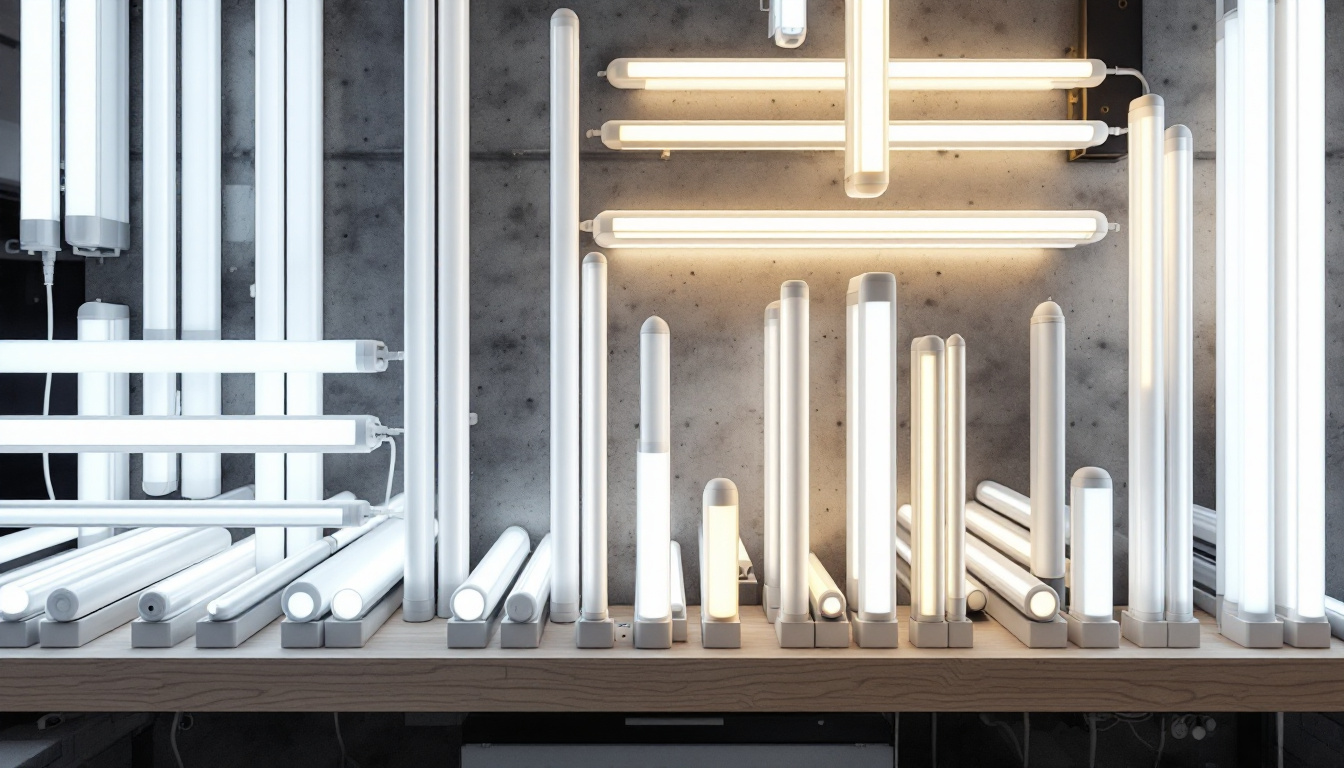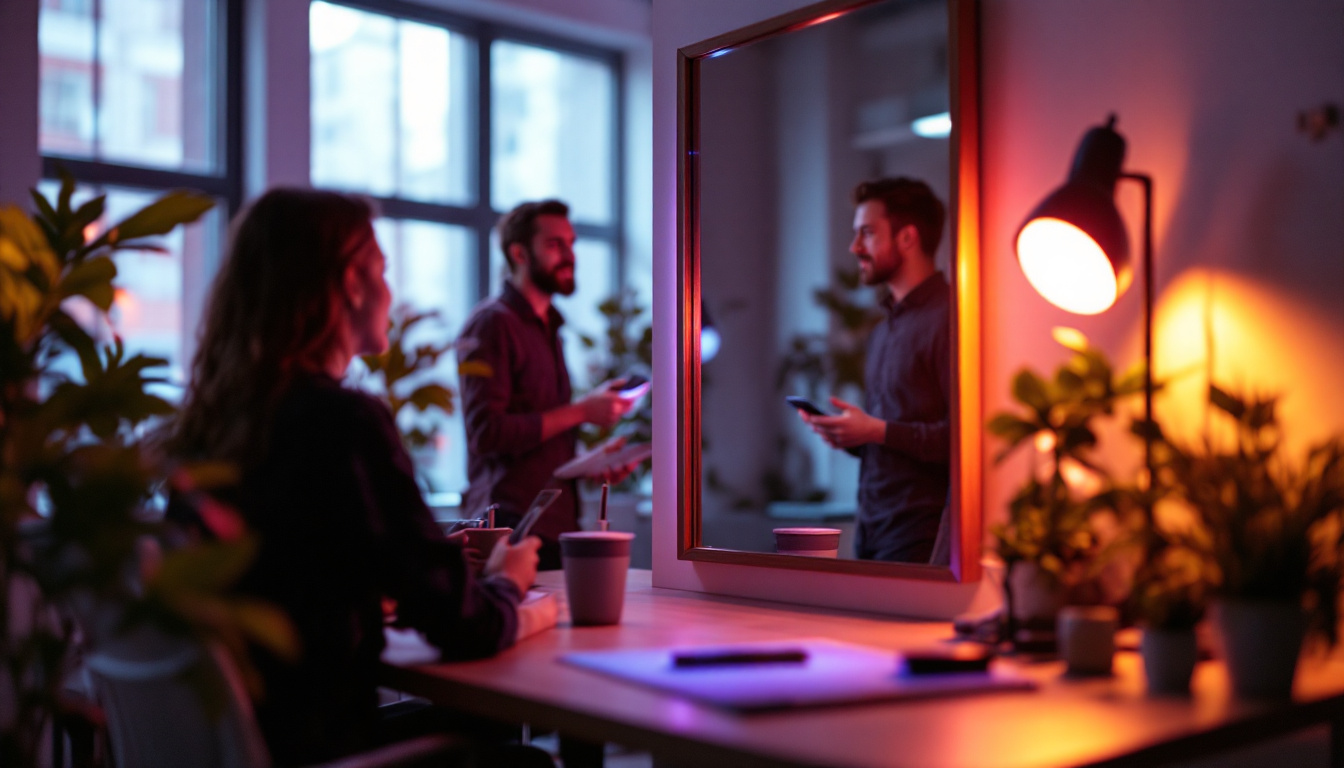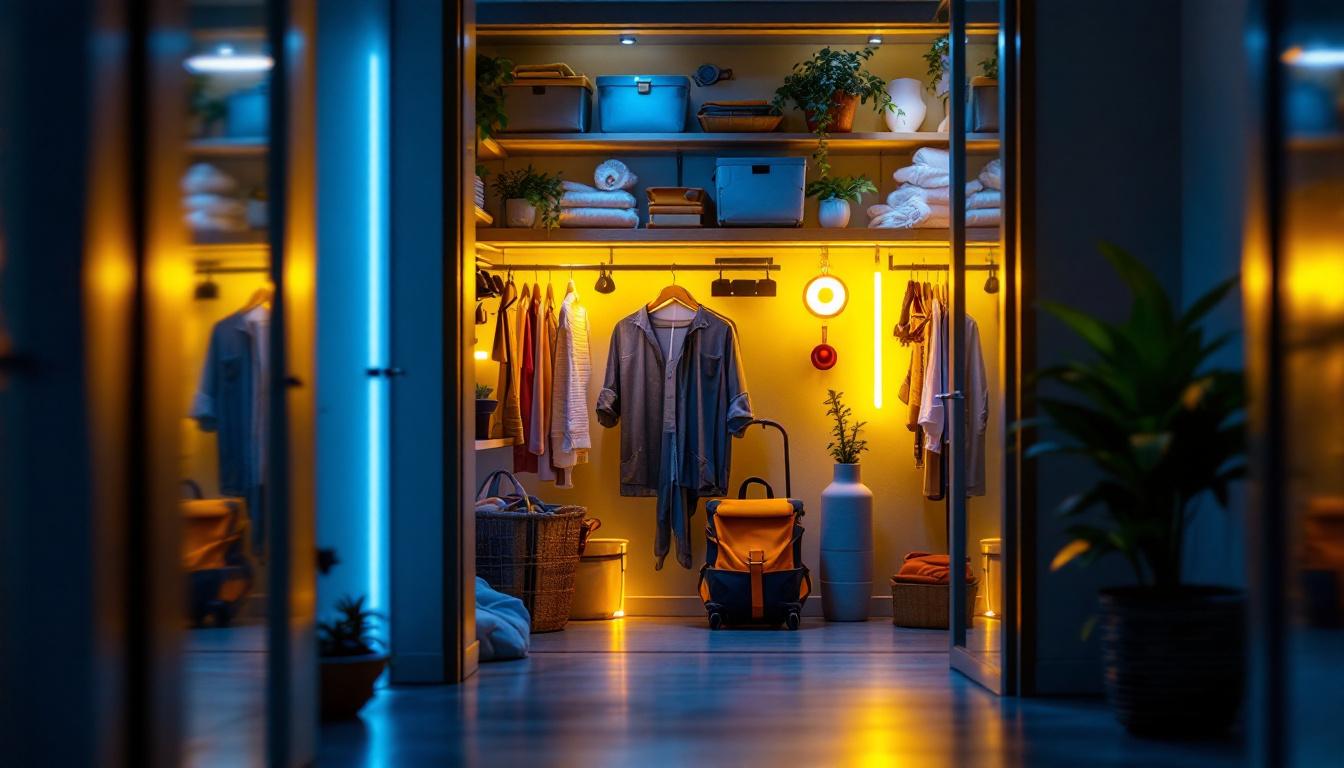
In the world of lighting design and installation, fluorescent tubes remain a popular choice due to their energy efficiency and versatility. However, understanding the various lengths and specifications of fluorescent tubes is crucial for lighting professionals. This article serves as an essential checklist, providing valuable insights into the different lengths available, their applications, and best practices for installation.
Fluorescent tubes come in several standard lengths, each designed for specific applications and fixtures. The most common lengths include 2 feet, 4 feet, and 8 feet. Knowing these lengths is critical for selecting the right tube for a project.
The 4-foot fluorescent tube is perhaps the most widely used length, often found in commercial settings such as offices, schools, and retail spaces. Its balance of size and light output makes it ideal for general illumination. In addition to providing bright, even light, these tubes are energy-efficient, making them a popular choice for businesses looking to reduce their energy costs while maintaining a well-lit environment.
Two-foot tubes are typically used in smaller fixtures or where space is limited, such as in under-cabinet lighting or smaller office areas. Their compact size allows for versatile installation options, enabling creative lighting designs in tight spaces. Conversely, the 8-foot tubes are less common but are often utilized in large industrial settings, warehouses, and gymnasiums where high ceilings require extensive lighting coverage. These longer tubes can significantly enhance visibility in expansive areas, ensuring safety and productivity in environments where proper lighting is essential.
In addition to the standard lengths, there are also less common sizes like 3-foot and 5-foot tubes, which cater to specific fixtures and applications. These intermediate lengths are particularly useful in custom installations or retrofitting older fixtures that may not accommodate standard sizes. Specialty tubes, such as those designed for horticultural lighting or color-specific applications, may also vary in length. For instance, grow lights often come in various lengths to fit specific grow setups, providing the necessary spectrum for plant growth. Understanding these options allows lighting professionals to offer tailored solutions to their clients.
Moreover, the advancements in fluorescent technology have led to the development of tubes that are not only energy-efficient but also feature improved color rendering capabilities. This is particularly important in settings like art galleries or retail stores, where the accurate representation of colors can significantly impact customer experience and satisfaction. Additionally, some specialty tubes are designed to emit specific wavelengths of light that can enhance plant growth or even influence mood in office environments, showcasing the versatility and adaptability of fluorescent lighting in modern applications.
Fluorescent tubes are not only defined by their length but also by their specifications, including diameter, wattage, and color temperature. Each of these factors plays a significant role in the overall performance and suitability of the tube for a particular application.
Fluorescent tubes typically come in two diameters: T8 and T12. T8 tubes have a diameter of 1 inch, while T12 tubes measure 1.5 inches. The choice between these two often depends on the fixture design and the desired light output. T8 tubes are generally more energy-efficient and provide better lumen output per watt compared to T12 tubes.
Wattage is another critical specification. Common wattages for fluorescent tubes include 15W, 32W, and 40W. Selecting the appropriate wattage ensures that the lighting meets the specific needs of the space while also adhering to energy efficiency standards. For instance, a 32W fluorescent tube is often used in commercial settings where bright, consistent lighting is necessary, while a 15W tube might be more suitable for smaller, less demanding applications, such as residential kitchens or closets.
Color temperature is measured in Kelvin and indicates the hue of the light emitted by the tube. Common options range from warm white (around 3000K) to cool white (around 4000K) and daylight (around 5000K). Choosing the right color temperature is essential for creating the desired ambiance and functionality in a space. For example, warmer tones are often preferred in living areas to create a cozy atmosphere, while cooler tones are ideal for workspaces, as they can enhance focus and productivity.
Furthermore, the color rendering index (CRI) is an important factor that measures how accurately colors appear under the light source. A higher CRI value indicates better color accuracy, which is particularly important in settings like art galleries or retail spaces where color presentation is crucial. In addition to CRI, the flicker rate of fluorescent tubes can also affect light quality, as excessive flickering may lead to eye strain and discomfort. Therefore, selecting tubes with a low flicker rate is advisable, especially in environments where people spend extended periods of time, such as offices or schools.
Proper installation of fluorescent tubes is vital to ensure optimal performance and longevity. Lighting professionals must consider several factors during the installation process, including fixture compatibility, ballast types, and safety precautions.
Before selecting a fluorescent tube, it is essential to ensure that the fixture is compatible with the chosen length and type. Different fixtures may have specific requirements regarding the diameter and wattage of the tube. Checking the fixture specifications can prevent issues during installation and ensure that the lighting system operates efficiently. Additionally, it is important to consider the environment in which the fixture will be installed. For instance, fixtures used in damp or outdoor locations may require specific weather-resistant designs to prevent moisture damage and maintain functionality over time.
Fluorescent tubes require ballasts to regulate the current and provide the necessary voltage for starting the lamp. There are two main types of ballasts: magnetic and electronic. Magnetic ballasts are older technology and are generally less efficient, while electronic ballasts are more modern, providing better performance and energy savings. The choice of ballast can significantly impact the quality of light produced, as electronic ballasts often provide flicker-free operation and improved color rendering, which can enhance the overall ambiance of a space.
When replacing fluorescent tubes, it is crucial to verify whether the existing ballast is compatible with the new tube. Some newer LED tubes can operate without a ballast, which may require bypassing the ballast during installation. Understanding these nuances will help ensure a smooth installation process. Furthermore, it is advisable to consider the energy efficiency ratings of both the tubes and ballasts, as selecting high-efficiency options can lead to reduced energy costs and a lower environmental impact. Proper disposal of old ballasts and tubes is also essential, as they may contain hazardous materials that require special handling to comply with environmental regulations.
Regular maintenance and timely replacement of fluorescent tubes are essential for maintaining optimal lighting conditions. Over time, tubes can lose brightness and color quality, which can impact the overall effectiveness of a lighting system.
Lighting professionals should be vigilant for signs that fluorescent tubes need replacement. Flickering, dimming, or color shifting are common indicators that a tube is nearing the end of its lifespan. Additionally, dark spots or discoloration along the tube can signal that it is time for a replacement.
Regular inspections and maintenance schedules can help identify these issues early, ensuring that clients enjoy consistent and reliable lighting in their spaces.
Fluorescent tubes contain small amounts of mercury, which requires careful disposal to prevent environmental contamination. Lighting contractors should be familiar with local regulations regarding the disposal of fluorescent tubes and ensure that they are disposed of in accordance with these guidelines.
Many communities offer recycling programs specifically for fluorescent tubes, making it easier for contractors to dispose of them responsibly. Educating clients about proper disposal methods can also enhance a contractor’s reputation as a responsible and environmentally conscious professional.
While fluorescent lighting has been a staple in the industry for decades, recent trends indicate a shift towards LED technology. However, fluorescent tubes still hold relevance in specific applications, and understanding these trends can help lighting professionals stay informed and competitive.
Energy efficiency remains a top priority for many businesses and organizations. Fluorescent tubes, particularly T8 and T5 options, offer significant energy savings compared to traditional incandescent lighting. However, advancements in LED technology have led to even greater efficiency, prompting many lighting professionals to consider LED alternatives for future projects.
Sustainability is also a growing concern in the lighting industry. As more clients prioritize eco-friendly solutions, lighting professionals can leverage their knowledge of fluorescent tubes to offer energy-efficient options while also educating clients about the benefits of transitioning to LED lighting.
Another trend gaining traction is the use of hybrid lighting solutions that combine fluorescent and LED technologies. These systems can provide the benefits of both lighting types, offering flexibility and adaptability in various settings. For instance, a hybrid system may use fluorescent tubes for general lighting while incorporating LED fixtures for accent or task lighting.
Understanding how to integrate these technologies can position lighting professionals as innovative problem solvers, capable of meeting diverse client needs.
Fluorescent tube lengths and specifications are fundamental knowledge for lighting professionals. By understanding the various lengths, types, and installation considerations, contractors can ensure that they provide the best lighting solutions for their clients. Regular maintenance, awareness of disposal regulations, and staying informed about industry trends are also essential components of a successful lighting practice.
As the industry continues to evolve, embracing new technologies while maintaining a solid foundation in traditional lighting methods will enable professionals to thrive in a competitive market. Whether working on a small office renovation or a large commercial project, this checklist serves as a valuable resource for lighting contractors seeking to enhance their expertise and deliver exceptional results.
Ready to elevate your lighting projects with the best in the business? Look no further than LumenWholesale, where we provide lighting professionals like you with top-quality, spec-grade lighting products at unbeatable wholesale prices. Our commitment to cutting out the middleman means you enjoy superior lighting without the inflated markups, ensuring every project shines with reliability and high performance. With our extensive selection that meets the highest industry standards and the convenience of free shipping on bulk orders, you’ll find everything you need to light up your work with confidence. Don’t settle for less—choose LumenWholesale for Wholesale Lighting at the Best Value and make every project a beacon of quality, affordability, and convenience.

Discover effective strategies for training your team in the art of LED lighting with mirrors.

Explore the essential insights into pocket lights with our comprehensive guide addressing lighting contractors’ most common questions.

Discover innovative and budget-friendly strategies for lighting contractors to illuminate small closets effectively.

Discover the essential checklist for lighting contractors working with long bulb lights.